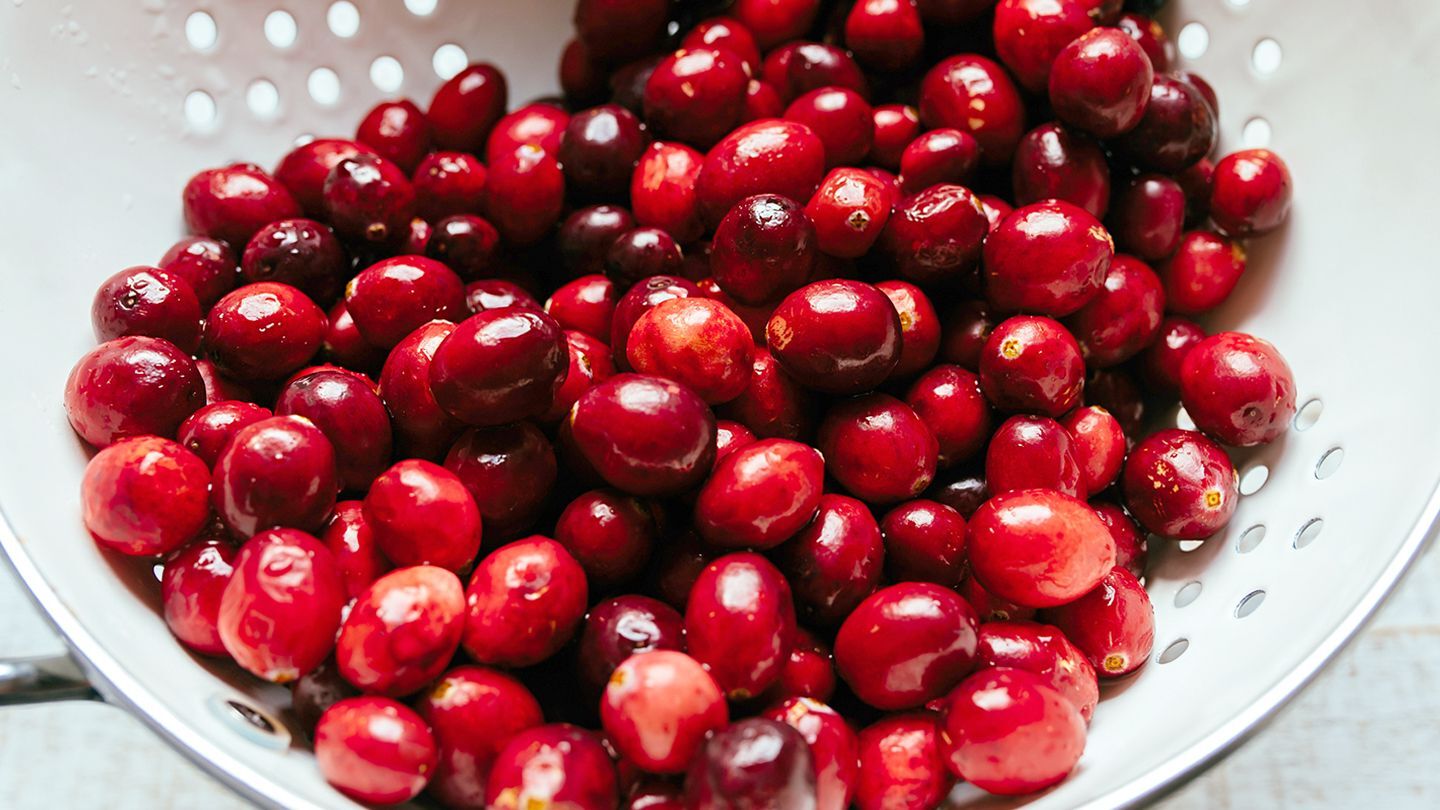
Cranberries, those tiny red berries often associated with holiday feasts, pack a punch far beyond their size. Did you know cranberries are one of the few fruits native to North America? These tart delights have been enjoyed for centuries, not just for their unique taste but also for their health benefits. Native Americans used cranberries for food, medicine, and even as a dye. Today, they’re celebrated for their high antioxidant content and potential to support urinary tract health. Whether you enjoy them in sauces, juices, or dried snacks, cranberries offer a burst of flavor and nutrition. Ready to learn more? Here are 25 fascinating facts about cranberries that might surprise you!
Key Takeaways:
- Cranberries, not just for Thanksgiving! Native Americans used them as food and medicine, and sailors relied on them to prevent scurvy. They're a nutritional powerhouse and can even help improve heart health.
- Did you know cranberries can bounce? They're also a vital part of the economy, providing jobs and contributing over $1 billion annually. Plus, they have a rich history and cultural significance!
Cranberries: A Berry with a Rich History
Cranberries are more than just a Thanksgiving side dish. These small, tart berries have a fascinating history and numerous benefits. Let's dive into some intriguing facts about cranberries.
-
Native Americans were the first to use cranberries, both as food and medicine. They called them "sassamanash."
-
Early European settlers named them "craneberries" because the flower, stem, and petals resembled the neck, head, and bill of a crane.
-
Cranberries were used by sailors to prevent scurvy due to their high vitamin C content.
The Unique Growing Process of Cranberries
Cranberries have a distinctive growing process that sets them apart from other fruits. Here are some interesting details about how they grow.
-
Contrary to popular belief, cranberries do not grow underwater. They grow on low-lying vines in sandy bogs and marshes.
-
During harvest, bogs are flooded to make the berries float, making them easier to collect.
-
Cranberry vines can survive and produce fruit for over 100 years.
Nutritional Powerhouse
Cranberries are packed with nutrients and offer several health benefits. Let's explore what makes them a nutritional powerhouse.
-
Cranberries are rich in antioxidants, which help protect the body from free radicals.
-
They are an excellent source of vitamin C, fiber, and vitamin E.
-
Consuming cranberries can help prevent urinary tract infections (UTIs) due to their high levels of proanthocyanidins.
Culinary Uses of Cranberries
Cranberries are versatile in the kitchen. Here are some ways they can be used in cooking and baking.
-
Cranberry sauce is a traditional accompaniment to Thanksgiving turkey.
-
Dried cranberries are a popular addition to salads, granola, and baked goods.
-
Cranberry juice is a common beverage, often mixed with other fruit juices.
Economic Impact of Cranberries
Cranberries play a significant role in the economy, especially in certain regions. Here are some facts about their economic impact.
-
The United States is the largest producer of cranberries, with Wisconsin and Massachusetts leading the way.
-
Cranberries contribute over $1 billion to the U.S. economy annually.
-
The cranberry industry provides thousands of jobs, from farming to processing and distribution.
Environmental Benefits of Cranberry Bogs
Cranberry bogs offer several environmental benefits. Here are some ways they positively impact the ecosystem.
-
Cranberry bogs provide a habitat for various wildlife, including birds and amphibians.
-
The bogs help filter and purify water, improving water quality in the surrounding areas.
-
Cranberry farming practices often include sustainable methods to protect the environment.
Fun and Lesser-Known Facts
Cranberries have some fun and lesser-known facts that might surprise you. Let's take a look at a few.
-
Cranberries can bounce. Fresh, ripe cranberries will bounce due to small air pockets inside them.
-
They are one of the few fruits native to North America.
-
Cranberries were once used as a natural dye for clothing and fabrics.
Cranberries in Popular Culture
Cranberries have made their mark in popular culture. Here are some interesting tidbits about their cultural significance.
-
The rock band "The Cranberries" took their name from the fruit.
-
Cranberries are often featured in holiday-themed movies and TV shows, especially around Thanksgiving.
-
National Cranberry Day is celebrated on November 23rd each year in the United States.
Health Research and Cranberries
Ongoing research continues to uncover new health benefits of cranberries. Here are some recent findings.
- Studies suggest that cranberries may help improve heart health by reducing blood pressure and cholesterol levels.
Cranberries: More Than Just a Tart Treat
Cranberries aren't just for Thanksgiving. These little red berries pack a punch with their antioxidants, vitamins, and fiber. They can help prevent urinary tract infections, boost heart health, and even improve digestion. Plus, cranberries are versatile. You can enjoy them in juices, sauces, dried snacks, or even baked goods.
Knowing these facts makes you appreciate cranberries more. Next time you see them at the store, grab a bag. Your body will thank you. And hey, you might impress your friends with your newfound cranberry knowledge. So, whether you're adding them to your diet for health reasons or just because they taste good, cranberries are a win-win. Keep exploring the world of food facts. You never know what other superfoods you'll find.
Frequently Asked Questions
Was this page helpful?
Our commitment to delivering trustworthy and engaging content is at the heart of what we do. Each fact on our site is contributed by real users like you, bringing a wealth of diverse insights and information. To ensure the highest standards of accuracy and reliability, our dedicated editors meticulously review each submission. This process guarantees that the facts we share are not only fascinating but also credible. Trust in our commitment to quality and authenticity as you explore and learn with us.


